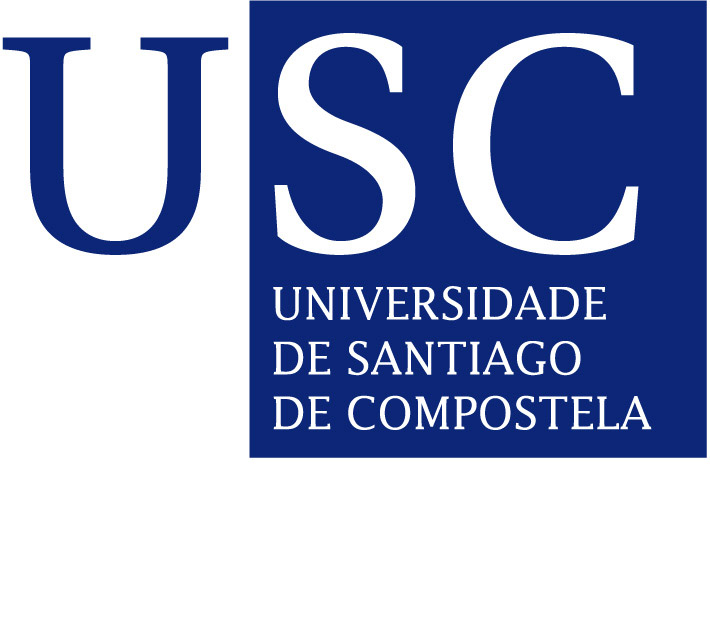Lecture: 'Understanding Resistive Switching in LaMnO3-based heterostructures: From Films to Devices'

Dª Raquel Rodríguez Lamas
CiQUS Seminar Room
12:15h
As the number of devices in the so called “internet of things” relying on non-volatile memories increases, so does the need for new memory paradigms able to provide denser storage capability, high speed and lower power consumption. Among the alternatives, resistance based random access memories (RRAMs) relying on the resistive switching (RS) phenomenon emerge as powerful candidates. RS devices are based on a change in resistance between two or more stable states which occurs under the effect of an applied current.
In this work LaMnO3 (LMO) based heterostructures were chosen as candidates for memristive applications since manganites have been reported to exhibit a remarkable switching response. HRS/LRS ratios between 10 to 103 [1]–[3], the possibility of multi-level resistance states [4] , fast responses (<100 ns) [3] and endurances of up to 105 cycles [2] are some of the reported figures of merit for manganites.
LMO was grown by pulsed injection chemical vapor deposition both on insulating and on conducting (platinized) silicon-based substrates. For this last type of substrates, three different strategies were developed to overcome the Pt thermal instability barriers and optimize the oxygen content and microstructure of LMO. In particular, devices in top-bottom configuration using Au and TiN electrodes (Au/LMO/Pt and TiN/LMO/Pt) have proven to be suitable for resistive switching applications, presenting HRS/LRS ratios from 2 to 103, device stability up to 100 cycles, and reasonable retention times (2ks to 50ks).
Furthermore, in order to achieve a better understanding of the physico-chemical mechanisms occurring during RS, the resistance was locally tuned by conducting-atomic force microscopy in crystalline LMO thin films grown on Si3N4/SiO2/Si insulating substrates. Combining IV measurements and resistance changes with X-ray photoemission electron microscopy, Raman and work function measurements, the resistance change was found to be driven by the diffusion of oxygen from the bulk to the surface together with the concomitant valence change of Mn.
About
Raquel Rodriguez Lamas (1993) es doctoranda en el laboratorio de materiales e ingeniería física (LMGP) en Grenoble, en el cuadro del proyecto “ALPS memories” (ANR), en colaboración con CEA Leti, UCCS Lille e IMEP-LaHC, en el campo de la conmutación resistiva y bajo supervisión de Michel Boudard, Carmen Jiménez y Mónica Burriel.
Se graduó en nanociencia y nanotecnología en la UAB en 2015, habiendo realizado estancias prácticas en el Instituto catalán de nanociencia y nanotecnología (ICN2), bajo supervisión de José Santiso en la unidad de crecimiento de capas finas. En 2016 finalizó su Master en nanociencia y nanotecnología avanzadas durante el cual realizó dos estancias prácticas. La primera una continuación del trabajo en el ICN2 en BYZO para celdas de combustible de óxido sólido, seguida de la introducción al crecimiento y estudio de perovskitas para conmutación resistiva (LaMnO3, LaNiO3 y GaBaCo2O5). La segunda en el centro de microelectrónica de Barcelona (CNM) bajo supervisión de Gemma Rius, estudiando la integración de óxido de grafeno en heteroestructuras para conmutación resistiva mediante micro fabricación en sala blanca.
Raquel trabaja actualmente en la comprensión de los mecanismos implicados en la conmutación resistiva en memorias de cambio de valencia. Más concretamente en LaMnO3. Desde la optimización del crecimiento de capas cristalinas, pasando por la fabricación de dispositivos y su caracterización eléctrica, así como la adaptación de dispositivos compatibles con técnicas de microanálisis en operando, para técnicas como XPS o XANES en sincrotrón.


